How Can Fusible Interlining Elevate Your Garment’s Quality?
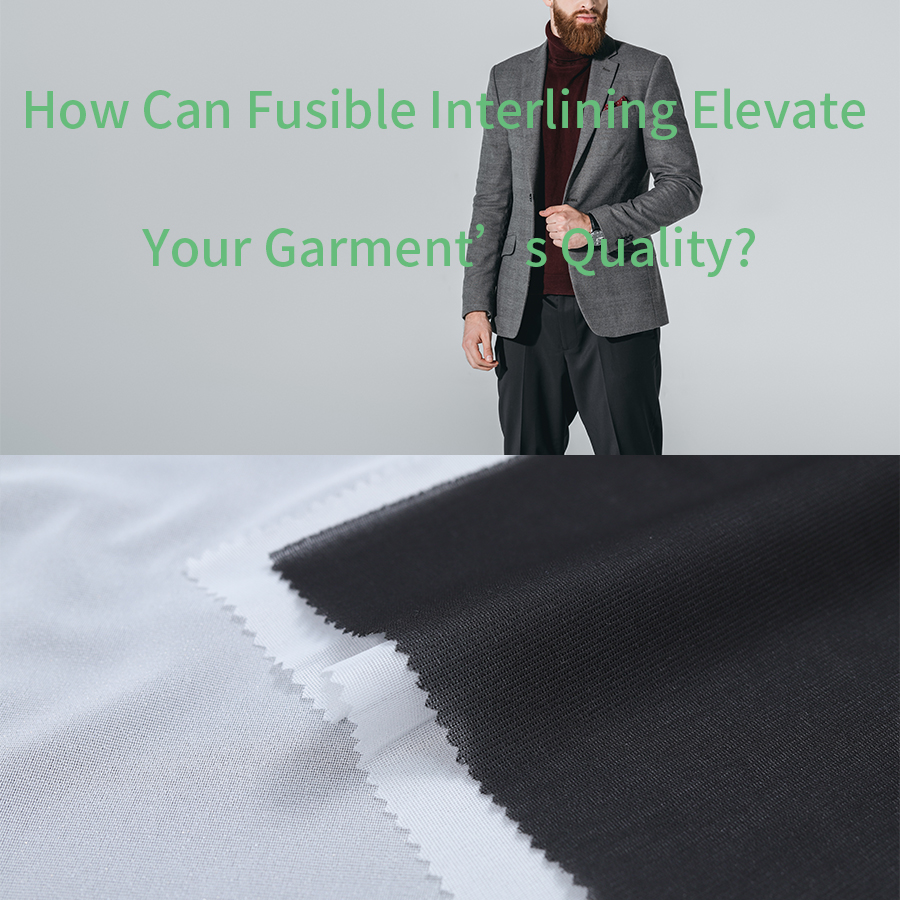
The Ultimate Guide to Fusible Interlining
In the world of sewing and apparel manufacturing, achieving a professional finish is all about the details. And few details are more crucial than the hidden support provided by fusible interlining. This versatile material, with its heat-activated adhesive, is an essential tool for giving your projects structure, stability, and a polished look that lasts.
Whether you’re a seasoned tailor or a beginner, understanding the different types and how to use them correctly can make all the difference. Let’s explore everything you need to know about this foundational component.
The Most Common Types of Fusible Interlining
The range of fusible interlinings can be categorized in a few key ways. Here are the most popular types and their primary uses:
- Woven Interlining: Made like traditional fabric, this interlining has a visible grainline and a natural drape. It’s an ideal choice for structured garments, such as blazers, collars, and cuffs, because it moves with the fabric and provides a firm, crisp finish without a lot of bulk.
- Non-Woven Interlining: Created by randomly bonding fibers together, this type has no grain and is stiffer than its woven counterpart. It’s perfect for projects where you need a bit of universal support, such as for waistbands, handbags, and craft projects. It’s often more affordable and easier to work with for beginners.
- Knit Interlining: This interlining is made from knitted fibers, giving it a unique two-way stretch. It’s the perfect match for stretchy or knit fabrics, like jersey, ensuring the interlining moves with the fabric and prevents puckering or bubbling.
- Fusible Tape: These narrow strips of fusible interlining are incredibly convenient. They’re used for quick reinforcement in small, specific areas like garment openings, necklines, and seams, preventing them from stretching out of shape.
- Sheer Fusible Interlining: As the name suggests, this is a very lightweight, translucent interlining. It’s specially designed for use with delicate or sheer fabrics, such as silk or chiffon, where you need a touch of support without it being visible through the fabric.
How to Choose the Right Fusible Interlining
Selecting the right type is the most important step. Consider these factors before you buy:
- Fabric Type: Always match the interlining to your fabric’s weight and composition. A heavy fabric needs a medium-to-heavy interlining, while a delicate fabric requires a sheer or lightweight option.
- Garment Style: A tailored jacket needs a different level of support than a flowy blouse.
- Color and Opacity: For light-colored or see-through fabrics, choose a white or sheer interlining to avoid it being visible.
- Care Instructions: Consider how the finished garment will be washed. Make sure the interlining’s care instructions match the fabric’s to prevent issues like bubbling or peeling.
A Step-by-Step Guide to Applying Fusible Interlining
Getting a perfect bond is all about following the right process.
- Preparation: Always pre-wash your fabric before cutting to prevent any future shrinkage. Cut your interlining piece to the exact size of your pattern.
- Positioning: Place the bumpy or rough side of the interlining (the adhesive side) down onto the wrong side of your fabric.
- Set Your Iron: Use a hot, dry iron with no steam. The temperature should be appropriate for your outer fabric.
- Press, Don’t Iron: Place a damp press cloth over the interlining. Instead of gliding the iron, firmly press it down for 10-15 seconds. Lift the iron and move to the next section, overlapping slightly.
- Cool Down: Let the fused fabric cool completely before moving it. This allows the adhesive to set properly.
Troubleshooting Common Interlining Issues
Even professionals run into problems. Here’s how to fix some common ones:
- Bubbling or Wrinkling: This usually happens when the iron has been glided across the fabric instead of pressed. You can try to re-fuse the area by applying firm pressure, or it may require starting over.
- Adhesive Bleed-Through: If the adhesive seeps through to the right side of the fabric, your iron was likely too hot.
- Adhesive Won’t Stick: The iron may have been too cool, or you didn’t press for a long enough time.
- Interlining Is Too Stiff: You’ve likely chosen a weight that is too heavy for your fabric.
Beyond Reinforcement: Other Uses of Interlining
Fusible interlining is more than just a stiffener. Its applications are wide-ranging:
- Providing Body and Drape: It can add subtle body to lightweight fabrics, helping them to hang better and look more substantial.
- Insulation: Certain types can be used to add a layer of warmth to garments.
- Embroidery Support: It can be used as a stabilizer to prevent fabric from puckering during embroidery.
- Protecting Delicate Fabrics: It can serve as a protective layer, making it easier to sew and handle fragile materials.
In summary, fusible interlining is an invaluable tool for any sewing project. By understanding the different types and proper application techniques, you can ensure your garments have the perfect structure, professional finish, and long-lasting quality.
continue reading
Related Posts
This article explains what necktie interlining is, common materials and weights, construction options, color characteristics, and practical tips for choosing the right interlining for different tie styles.
This article provides an overview of the typical price ranges of different types of interlining, including woven, nonwoven, fusible, elastic, shirt, and hair interlining.
This article compares hair interlining and horse hair interlining in terms of material composition, structure, performance, and garment applications, helping manufacturers and tailors choose the right interlining for different types of tailored garments.

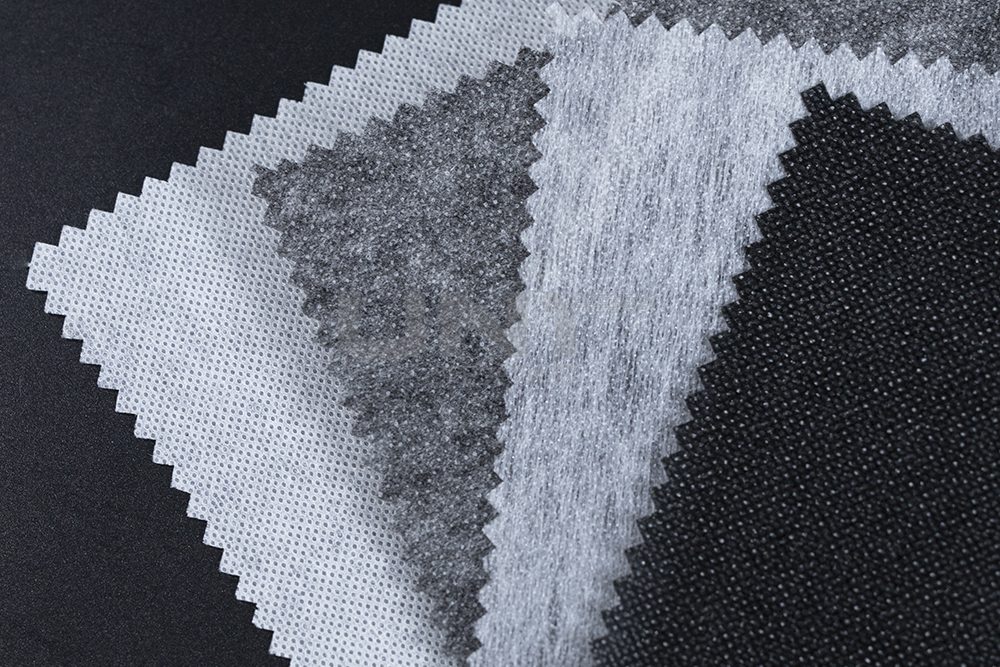
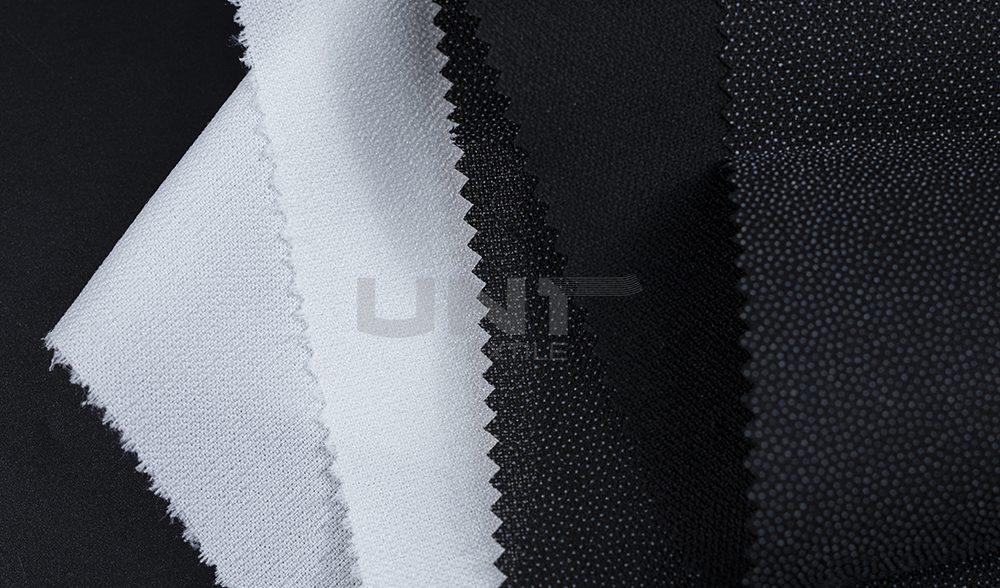
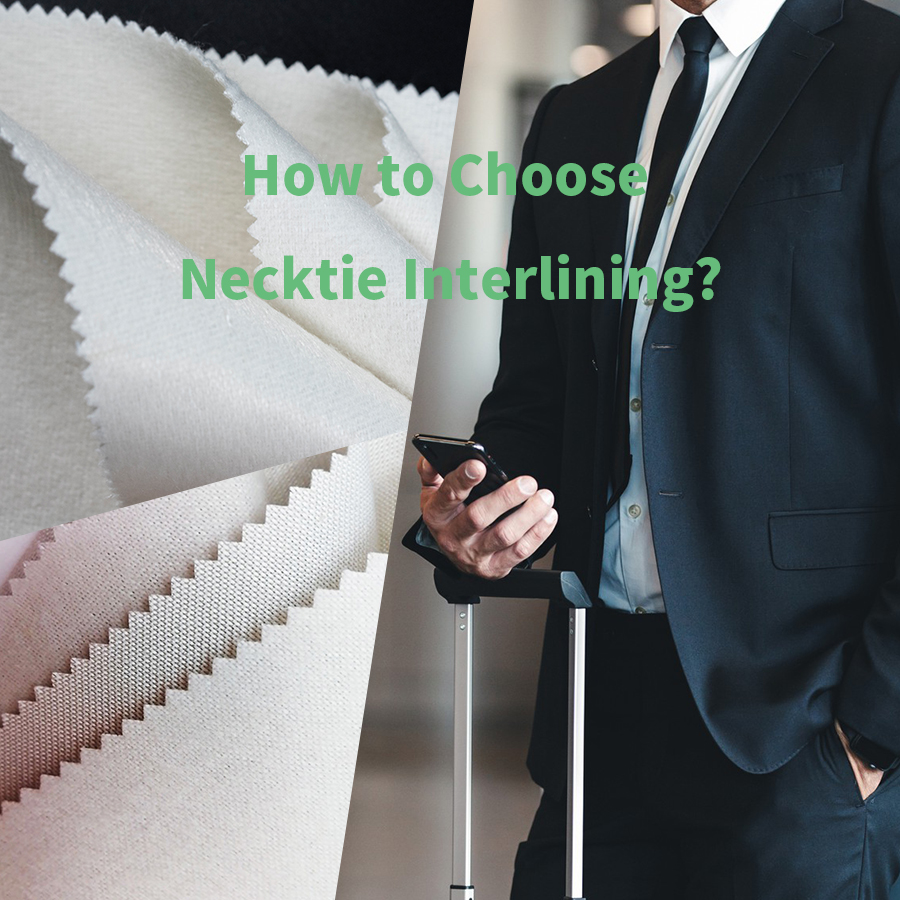
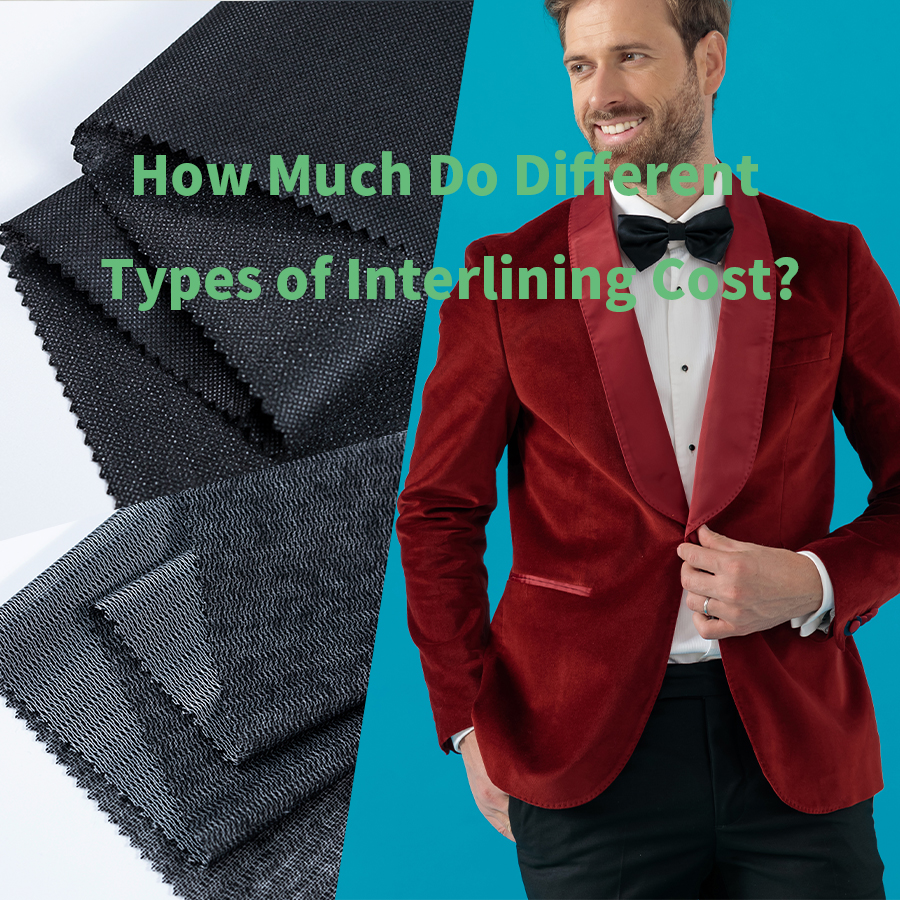

.png)